Home Remedies for Fleas on Cats 2025 | Vet-Approved DIY Guide
When your cat gets fleas, it’s more than just an annoyance. Fleas can cause skin irritation, fur loss, and even lead to serious health issues. For pet owners who prefer gentle and chemical-free approaches, natural flea treatment for cats is often the first choice. This article explores how to spot flea symptoms, the best home remedies for fleas on cats, important safety tips, and how to eliminate fleas from your home effectively.
How to Tell If Your Cat Has Fleas
Before applying any cat fleas treatment, you need to recognize the signs. Common symptoms of a flea infestation in cats include:
Excessive scratching or biting: Especially around the base of the tail, neck, or belly.
Black flea dirt: You may notice small black specks on your cat’s fur, which are flea droppings.
Red spots, hair loss, or inflamed skin: Allergic reactions to flea bites can lead to dermatitis.
Identifying these symptoms early allows you to use home remedies for fleas on cats before the issue worsens.
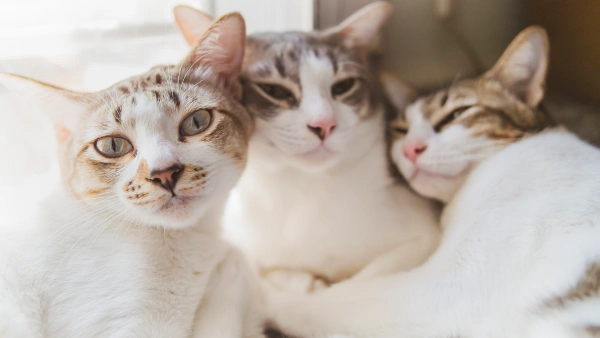
Why Choose Home Remedies Instead of Medication?
Many pet owners prefer natural flea treatment for cats over commercial medications for these reasons:
Concerns about pesticide exposure and side effects
Flea infestation is still in the early stage
Home remedies are cost-effective and easy to prepare
As long as they are applied safely and consistently, these methods can be part of the safest flea treatment for cats strategy.
Top Home Remedies to Treat Cat Fleas
1. Apple Cider Vinegar Spray
Mix equal parts apple cider vinegar and water in a spray bottle. Lightly mist the cat’s fur—especially on the back and legs. Avoid the face. The acidic smell deters fleas naturally.
2. Lemon Water Wipe
Boil a sliced lemon in water, let it cool, then use a cloth to wipe your cat’s fur. Lemon contains d-limonene, which helps repel fleas.
3. Coconut Oil Massage
Rub a small amount of coconut oil into your cat’s neck or tail area. The lauric acid in coconut oil can help repel and eliminate fleas and larvae.

4. Flea Comb with Soap Water
Use a fine-tooth flea comb daily to remove adult fleas. Dip the comb in soapy water after each use to kill the fleas immediately.
5. Salt and Baking Soda for Carpets
Mix salt and baking soda, sprinkle it over your carpets and furniture cracks, wait 12 hours, then vacuum. It helps kill flea eggs and larvae in your home.
6. Essential Oil Caution
While lavender or cedar oil may help clean the environment, never apply essential oils directly to your cat—many are toxic for felines.
Important Safety Tips for Home Flea Treatments
Before starting any natural flea treatment, keep these guidelines in mind:
Never use dog flea treatments—they can be toxic to cats.
Be extra cautious with kittens, seniors, or pregnant cats.
Prevent your cat from licking treated areas.
Stop immediately if your cat shows signs of discomfort or reaction.
For cats with digestive issues or recovering from flea-related stress, consider supplementing with a cat probiotic to support overall health.
Clean Your Home to Stop the Flea Cycle
Since 95% of flea eggs, larvae, and pupae live in the environment—not on your cat—cleaning is key to long-term success:
Vacuum daily—focus on carpets, bedding, and under furniture.
Wash bedding in hot water weekly—especially your cat’s bed and your sheets if they share space.
Pay attention to dark corners—fleas prefer hidden, moist environments.
Home Remedies vs. Commercial Flea Products
Home remedies are ideal when:
The flea problem is mild
You want a chemical-free approach
Used as a daily maintenance routine
Commercial treatments are better when:
Fleas are widespread or persistent
Your cat has allergic dermatitis
Your home environment is heavily infested
Want a stronger solution? Explore the best flea shampoo for cats or a best flea collar for cats as alternative treatments.

Everything Our Vets Recommend
Everything Our Vets Recommend
When to See a Vet
Some situations require professional help. Contact your vet immediately if:
Your cat has open sores or severe hair loss
Shows signs of anemia (e.g., pale gums)
Becomes lethargic or stops eating
No improvement after 7–10 days of home treatment
Don’t delay proper care in the name of “natural” remedies.
FAQs About Natural Flea Treatments
Q: Can I use home remedies for kittens?
A: You can use a flea comb or light coconut oil. Avoid vinegar or essential oils.
Q: What if my cat licks the treatment?
A: It may cause digestive upset or toxicity. Monitor closely and rinse if needed.
Q: How long does it take to see results?
A: You may see fewer fleas in 1–3 days, but consistent treatment is needed for at least 7 days.
Q: Can I combine multiple home remedies?
A: Yes, but stick to a maximum of two at once to avoid irritating your cat’s skin.
Final Thoughts
Using home remedies for fleas on cats is a smart, low-cost way to fight mild infestations or prevent them from starting. When used correctly, they can be part of the best cat flea treatment plan—especially for sensitive cats. That said, don’t ignore severe symptoms or rely solely on DIY approaches if the infestation gets out of control. Pair safe natural methods with cleanliness, regular grooming, and vet check-ups for the safest flea treatment for cats.
You May Like:
- Safest Flea Prevention for Cats: A Complete 2025 Owner’s Guide
- Best Flea and Ear Mite Treatment for Cats (2025 Review)
- Best Cat Flea Spray for Cats in 2025: Vet Approved
- Where to Put Flea Treatment on Cat: Updated 2025 Guide
User Comments
Does flea treatment kill ear mites too?
Can dogs take human probiotics?
Can dogs have people probiotics safely?
Related Articles
View all
How Often Flea Treatment Cat? Most Owners Get This Wrong

How to Apply Flea Medicine on Cats: Beginner’s Guide
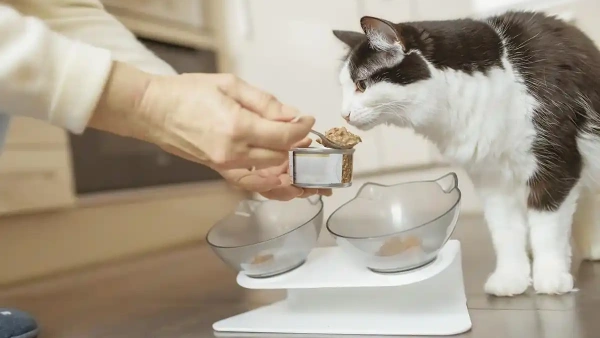
Best Cat Flea Spray for Cats in 2025: Vet Approved

Where to Put Flea Treatment on Cat: Updated 2025 Guide

How Often Flea Treatment Cat? Most Owners Get This Wrong

How to Apply Flea Medicine on Cats: Beginner’s Guide

Best Cat Flea Spray for Cats in 2025: Vet Approved

Where to Put Flea Treatment on Cat: Updated 2025 Guide
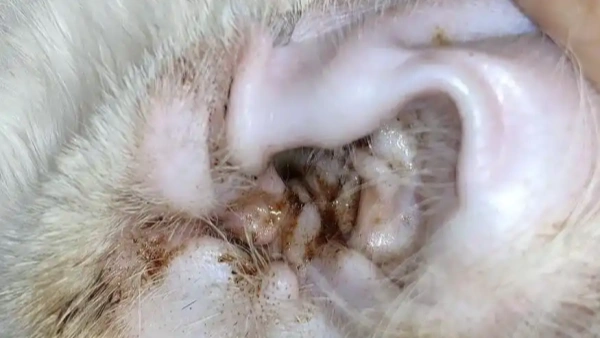
Best Flea and Ear Mite Treatment for Cats (2025 Review)

Safest Flea Prevention for Cats: A Complete 2025 Owner’s Guide

Flea Spray for Kittens: Best Options and Vet Advice 2025

Fleas on Newborn Kittens: Complete Treatment and Prevention
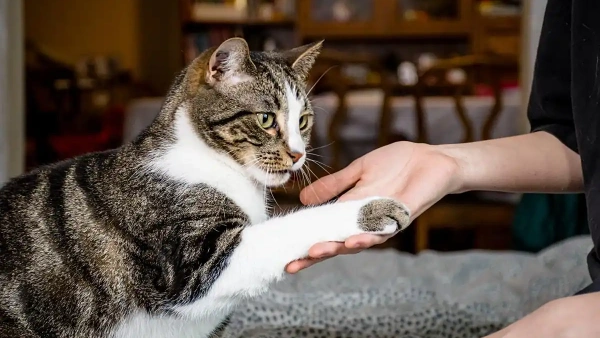

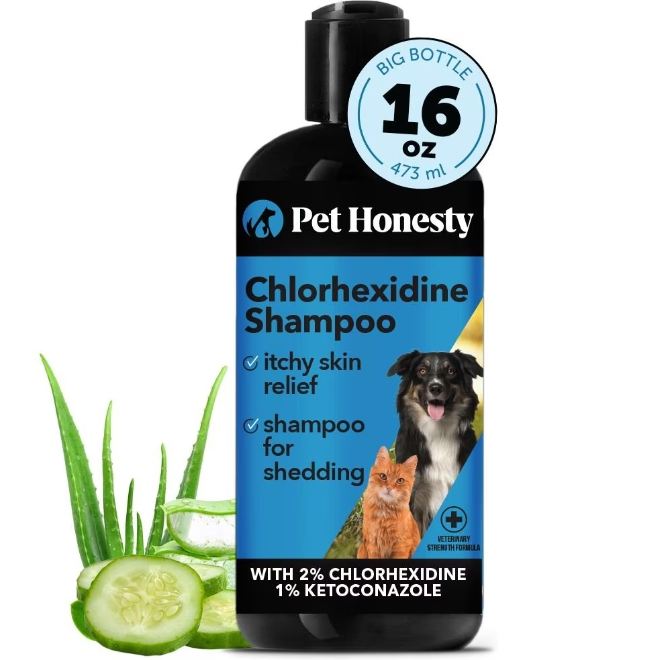
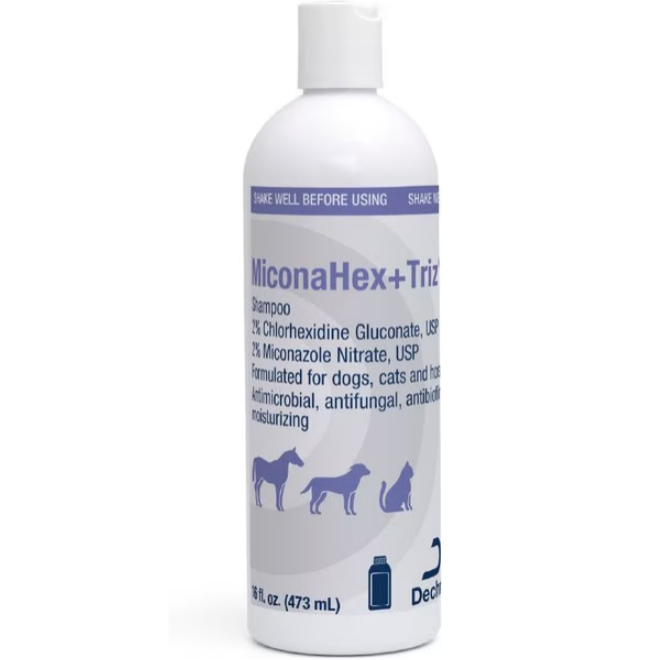
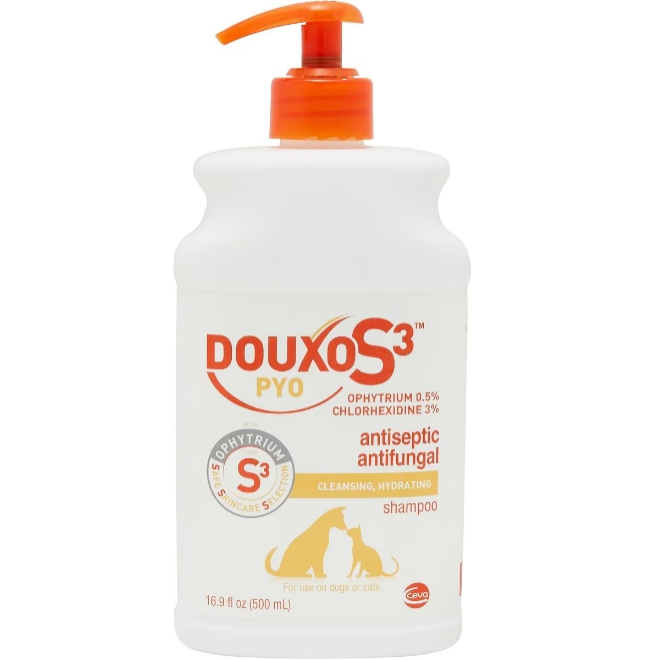
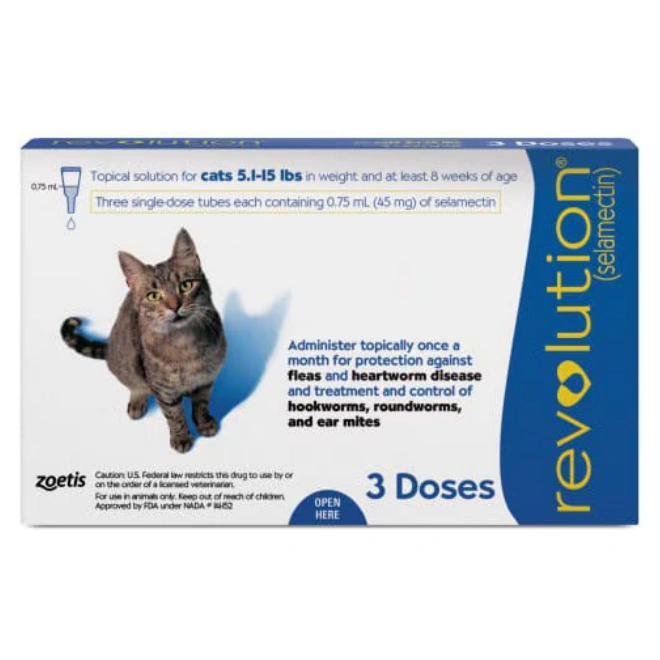
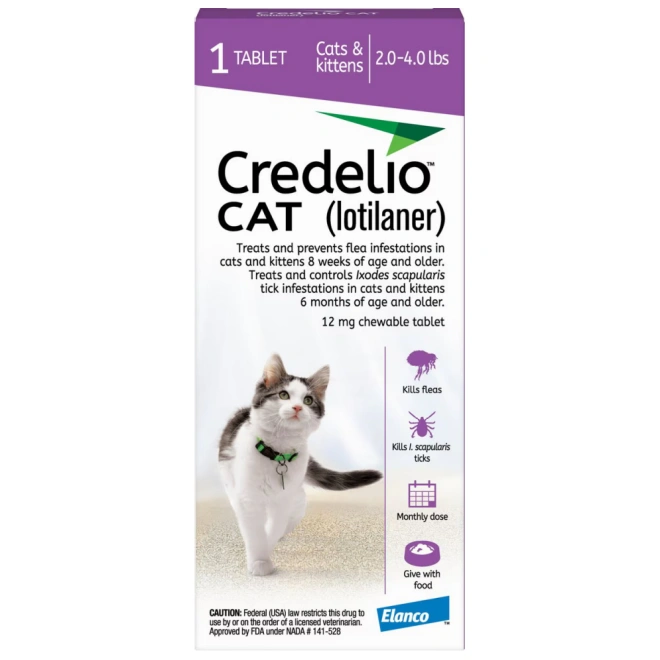
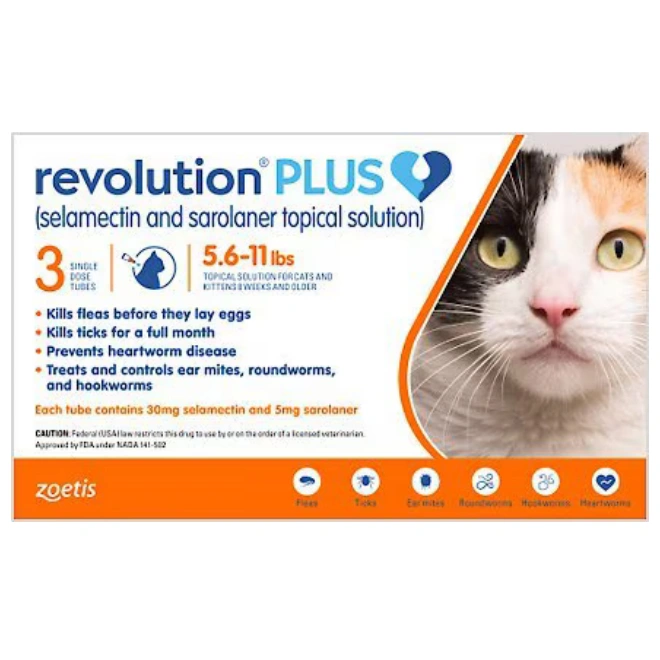
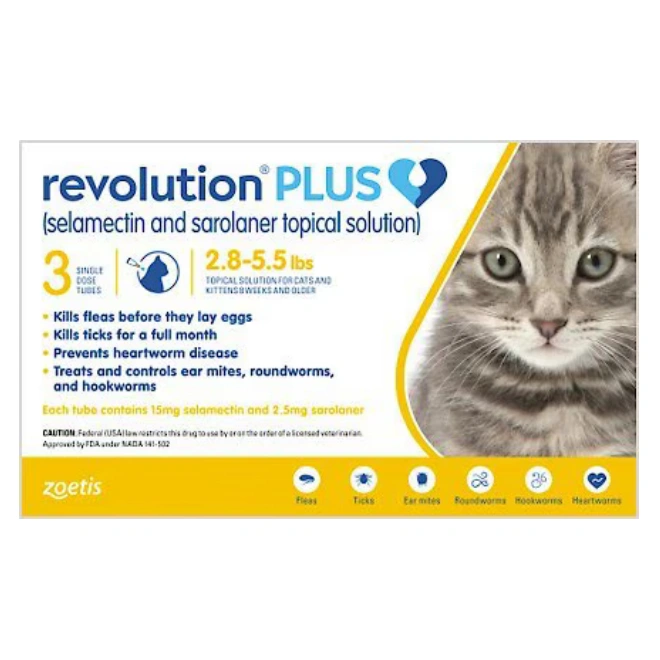








Leave a Reply